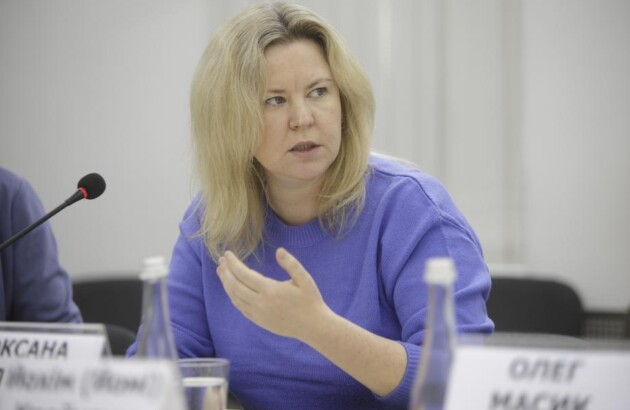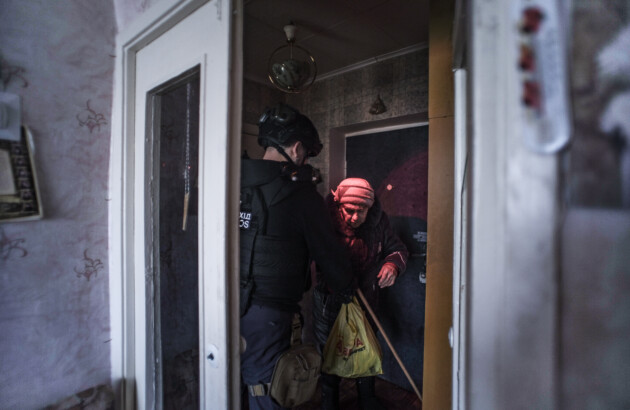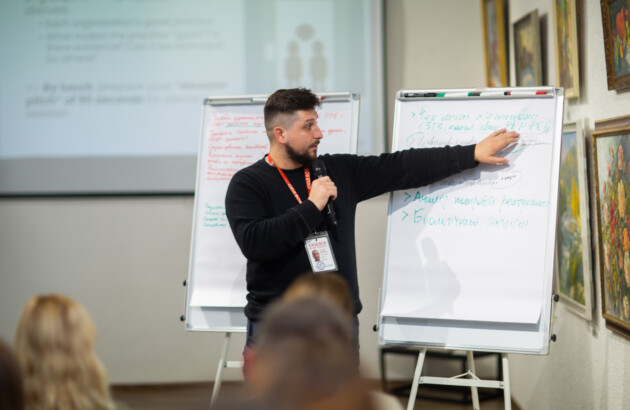Mental health at war: East SOS shares testimonies on how war devastates the human mind

War leaves deep, invisible wounds in the hearts of Ukrainians. According to the World Health Organization, more than half of Ukraine’s population is struggling with mental health challenges. The loss of loved ones, forced evacuation, violence by the russian military, and the trauma of captivity leave scars that time alone cannot heal. On World Mental Health Day, the East SOS Charity Foundation shares testimonies from residents of the temporarily occupied and frontline areas – people whose lives have been shattered by the war.
Since 2014, East SOS has been documenting war crimes committed by russia in Ukraine. During the full-scale invasion, our team conducted over 1,000 interviews and documented 1,560 alleged crimes. Among these are the stories of people who have survived the hell of war and occupation. Names of interviewees have been changed for security reasons.
Viktoria, a teacher from Pokrovsk, says that the war and constant shelling of civilian infrastructure by russian troops have forced her to live in fear and danger.
“Many of my friends have died. It’s terrifying – everyone is scared. Every explosion, every strike was so loud that the whole house shook. The children cried in fear, and we realized we couldn’t stay where it was so frightening and dangerous. We decided to leave for a safer place. We miss our home deeply, but we understand that we can’t return – there’s nothing left: no utilities, no connection, nothing. Our city is completely destroyed. The fear we lived through has stayed with us; it has marked our lives and the lives of our children. But we believe in the Armed Forces of Ukraine. We believe and know that we will win – and that everything will be fine.”
Svitlana, a resident of Mariupol, told our documentation team that one of the most terrifying experiences during the siege was not only witnessing death but gradually becoming accustomed to it in everyday life. In the summer of 2022, she managed to leave the city, but the sense of fear and horror has never left her:
“I remember walking and seeing so many unexploded shells under our feet. My daughter said: ‘Mom, where are you stepping?’ I looked down – and there was a shell right beneath me. I told her, ‘If I had walked here alone, my legs and arms would be lying on different banks.’ When we went to fetch water, there were bodies lying there for a very long time. At first, it was horrifying. And then… somehow you got used to it. That was the scariest part – that it became normal. You look at a mutilated human body and think, ‘It’s normal.’ And that realization – that such horror could feel normal – was what truly terrified me.”
Due to ongoing hostilities, even ordinary things can become triggers that bring children back to the tragedies they have lived through. Oleksandr from Popasna, Luhansk region, shared his story:
“My son told me that he is very afraid when the leaves fall – he’s afraid of their rustling. Once, when they were sitting on the porch and heard the sound of leaves, they thought the wind had picked them up. Instead, it was a rocket that came in and exploded nearby. They ran into the basement, but my son’s phone was dead, and he couldn’t call his mother.”
Maryna, a student at Kherson University, also spoke about the trauma that will stay with her for life. At the beginning of the full-scale invasion, she was forced to leave her hometown and go abroad:
“Even now, when I hear explosions – I mean fireworks – it feels like those same explosions I still replay in my head. I can’t forget them.”
Kateryna from Kharkiv said that it was painful and stressful to watch people gradually leave her hometown at the beginning of russia’s full-scale invasion:
“You know, it was very scary emotionally and psychologically – when you wake up early, look out the window, and see people coming out of the neighboring houses with their things, getting into their cars, and driving away. And you realize that they are leaving because of all these horrors. It was very hard to cope with, because you understand that there are fewer and fewer people in the city. Many residents left our building too – only three families stayed.”
Yana, who was forced to leave her native Sievierodonetsk, told the foundation’s documentation team about the challenges internally displaced people face while trying to maintain faith in the future:
“I don’t want to meet new people, you know. I mean, I already had my social circle — maybe one or two other people appeared, that’s all. I don’t want to and can’t open up anymore; I just don’t have that desire now. And maybe other people who are displaced feel the same – it’s hard for them too. It’s difficult emotionally, psychologically. We’re trying to live through this trauma, to survive it, and to learn from it. So we try to see it as a stepping stone to something bigger, to something better that might be ahead of us.”
The documentation of war crimes by East SOS is carried out within the project “Support for War-Affected Vulnerable Populations and Residents of Remote Areas of Ukraine,” funded by the European Union. The content of this publication is the sole responsibility of the foundation and does not necessarily reflect the views of the European Union in Ukraine.


